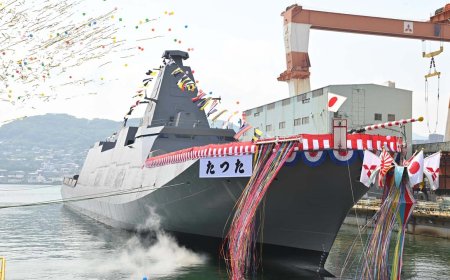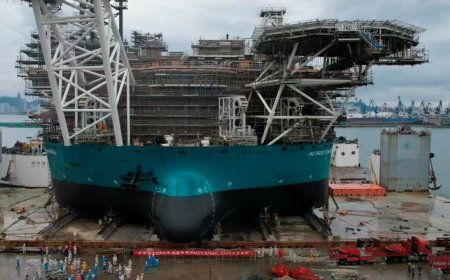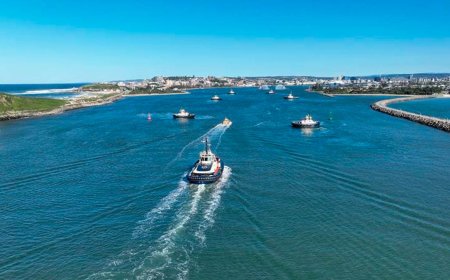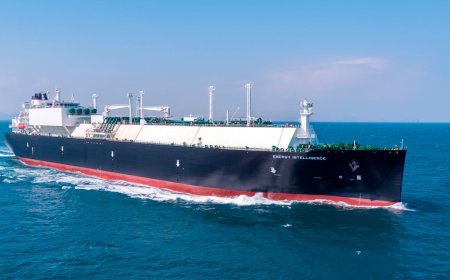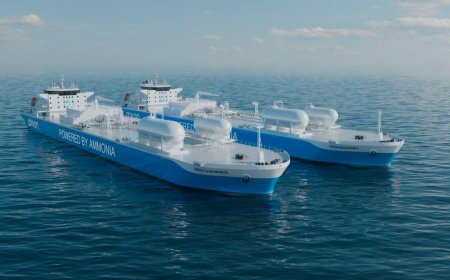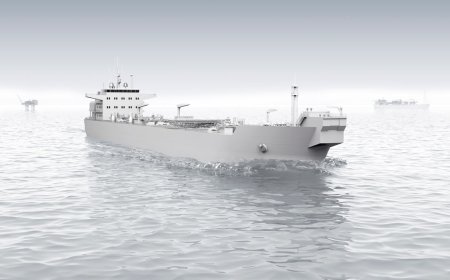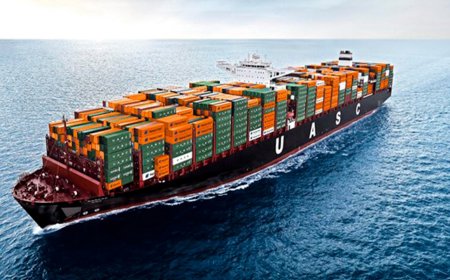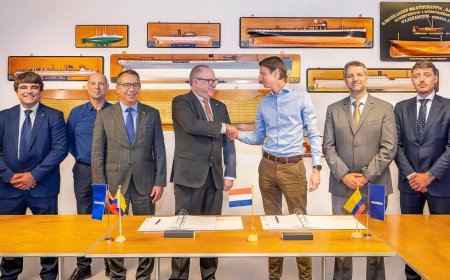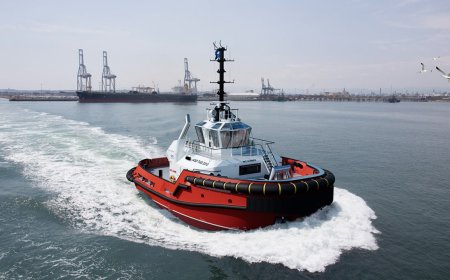Sientists believe aquaculture needs its own specialised robotics
After robotics made its way into the fish farming industry, aquaculture has largely adopted equipment developed for the oil and gas industry.
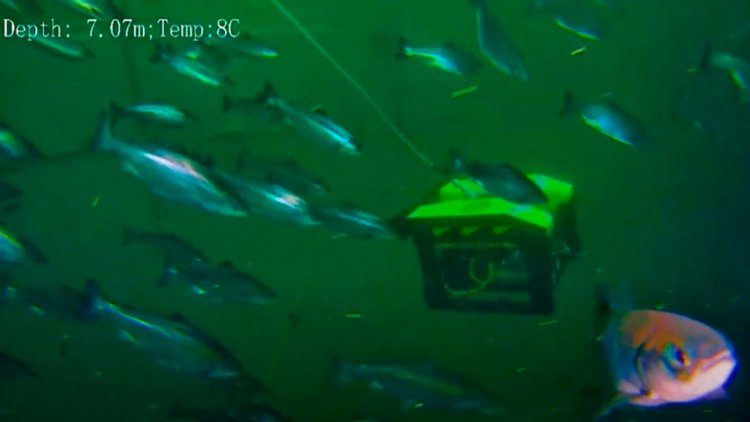
Norway is world leading in the use of robotics in the fish farming industry. But how does the technical equipment affect the fish?
Surprisingly much, says cyberneticist Eleni Kelasidi.
“I thought it would be quite simple and straight forward to use the same technology in aquaculture as in oil and gas, but I got a serious wake-up call during my first visit to a fish farm,” says Eleni Kelasidi. She had a PhD in snake robotics for the oil and gas industry, when she became a researcher at SINTEF Ocean's aquaculture department.
“I didn’t really understand how much it changes the premises for operations that everything is moving and that the work area is full of living animals. It’s completely different having a robot work in the open sea with stagnant, dead metal on pipelines or turbines,” she explains. After robotics made its way into the fish farming industry, aquaculture has largely adopted equipment developed for the oil and gas industry. Kelasidi believes aquaculture needs its own specialised robotics and has researched which solutions are least disturbing to the fish.
The fish's own safety distance
“When we talk about interaction between humans and robots, it goes without saying that human needs and safety have the highest priority. The same principle forms the basis of the Fish-Machine Interaction project. We want to contribute to better robots that can work quickly and efficiently, but they must of course take the fish' needs and safety into account,” she says.
Eleni Kelasidi, PostDoc Qin Zhang from NTNU and the rest of the team, have collected and analysed data in various fish cages associated with SINTEF ACE over a three-year period. They have collected data from different locations, at different times of the year and life stages of the fish.
“We have conducted several different measurements per case, so we have an extensive data collection,” says the senior researcher.
The study provides some very clear answers, including how large a safety distance the fish keeps to an object.
“The ratio between the size of fish and the distance they keep to foreign objects is actually linear, which surprised us all. The smaller the fish, the smaller the distance,” says Kelasidi.
Equipment that is lowered into the water blocks more volume than the actual equipment itself; and the safety distance that the fish keep, has consequences for how cramped the cage becomes during various operations. Based on this study, breeders can know which distance the fish will keep to the equipment they put down. Five-kilo fish for example, keep a distance of three metres. The fact that younger and smaller fish operate with a more modest safety distance means in practice that more equipment can be placed in the cage for young fish without affecting their swimming routines and behaviour, compared with older fish.
Colour, size, speed and sound are important
“When we know what disturbs or affects the fish, we can say something about which adaptations technology producers should make,” says Kelasidi, who has found out more about what the fish reacts to and what it overlooks. The researchers made objects in different shapes, colours, and sizes, to see and quantify any changes in the fish's response. It turns out that shape does not matter: the fish reacts the same way whether it is a cylinder or a cube.
However, they keep a greater distance to large objects than to small ones, and they keep a greater distance to yellow equipment than to white. Colour and size are therefore important factors. As is sound and speed, as previous studies have shown.
“We hope technology providers will make use of this knowledge when they develop new equipment. For us researchers, the next goal is to develop technology that enables autonomous robots to adapt their behaviour to the fish's reactions, to disturb the fish as little as possible. If, for example, the robot's sensors pick up that fish are avoiding the robot or show something that the robot can recognize as changed behaviour and therefore a potential stress factor, it can slow down and operate in a less disruptive manner for the fish,” Kelasidi explains.
Self-adapting robots
“Today, we don’t know if it is stress-related that the fish swim away from the equipment, or if it can be compared to children who, in a game of tag, run away from the chaser. We need more research,” says Kelasidi, but points out that it is useful to know what behavioural response the fish have to various elements.
If you need to do work in the fish cage that requires that the fish keeps its distance, it is useful to know which colour makes them stay away. And if you want to come close to them, perhaps with a camera, it is good to know which colour make them feel comfortable.
So far, the researchers have only tested yellow and white, because these are the colours used on today's equipment. In coming research, they will also investigate how the fish reacts when the robot turns or moves, how speed affects it, and whether it makes any difference whether the movement is horizontal or vertical, or with or without light. Kelasidi’s goal is to carry out autonomous robot operations with as little disturbance as possible.
“The Norwegian aquaculture industry is a pioneer in adopting technology, and we hope to contribute with knowledge that enables the industry to continue to maintain its position as a world leader in the field. Robotics that takes fish welfare into account does not touch upon the most pressing problem facing the industry today, but it lays the foundation for better fish welfare in future aquaculture,” says Kelasidi.
The research project is funded by the Research Council of Norway, and SINTEF and NTNU have worked closely together to develop new knowledge that may be relevant to current and future challenges in the aquaculture industry.
